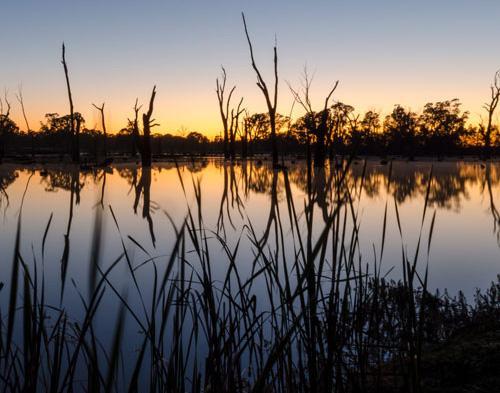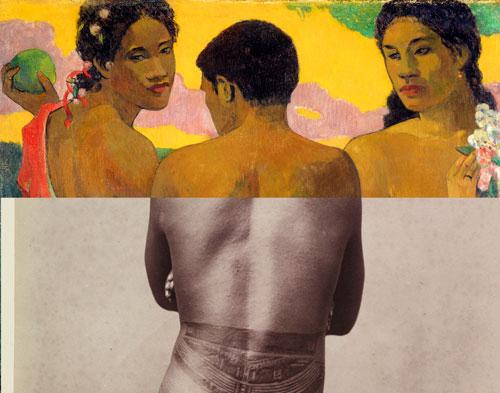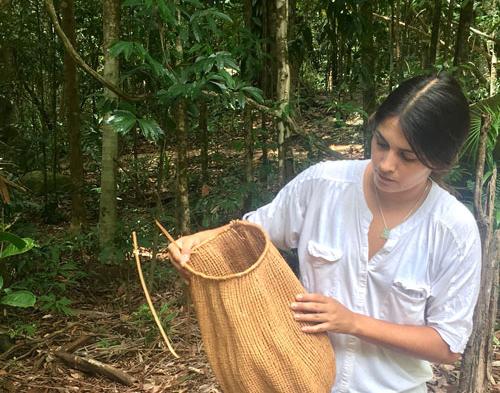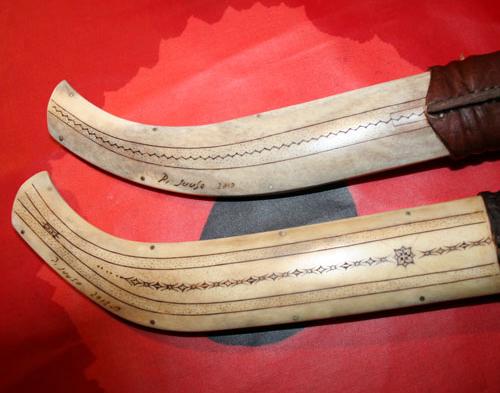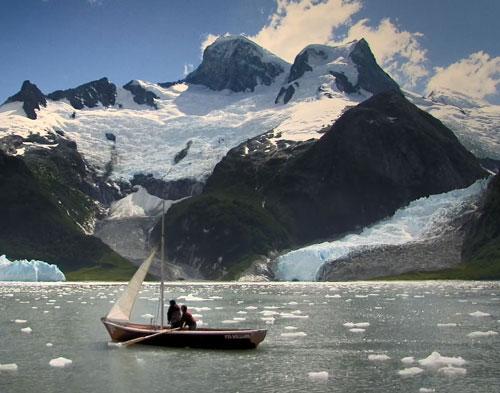Search
You searched for contributors, issues and articles tagged with Family ...
Contributors
Issues
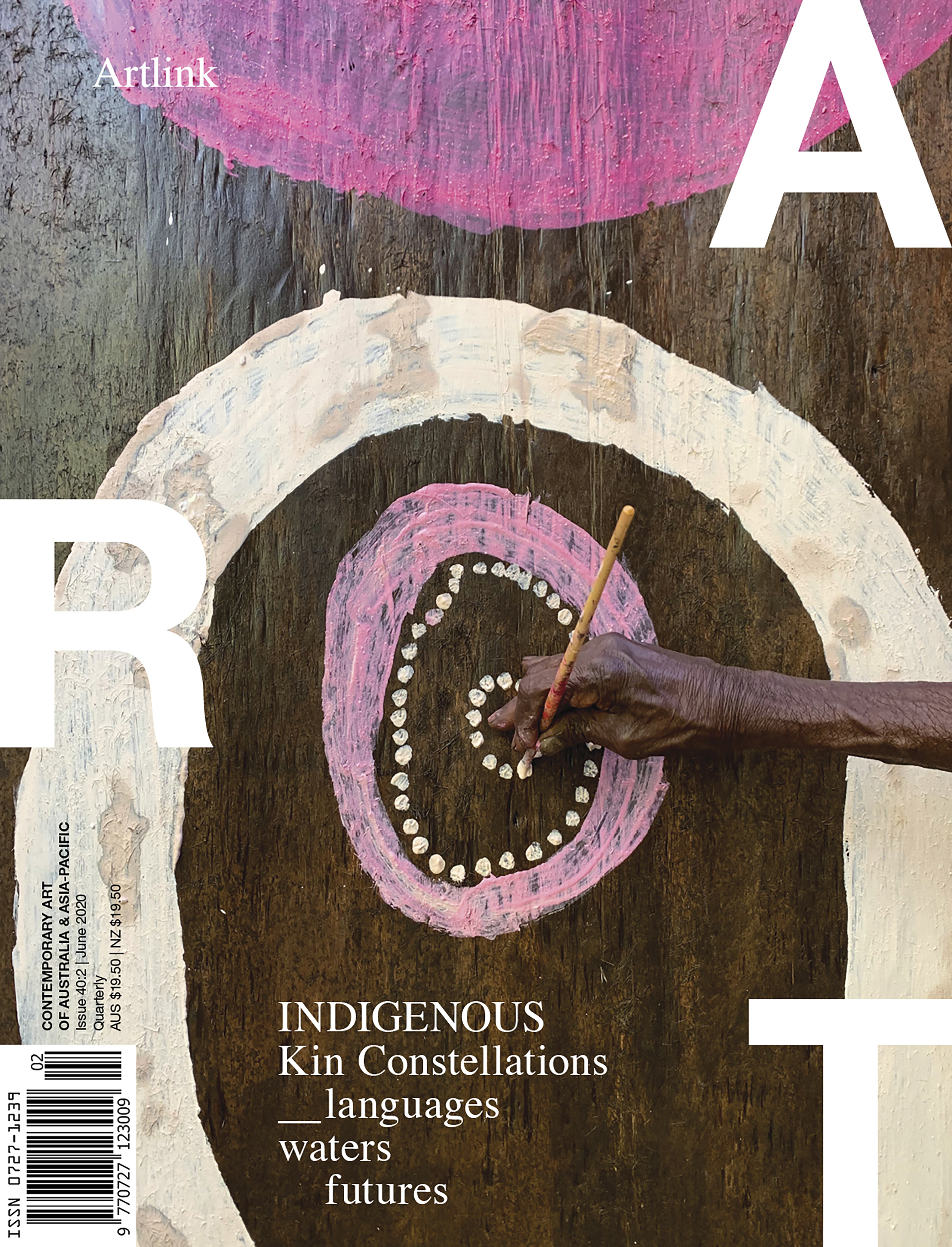
Articles
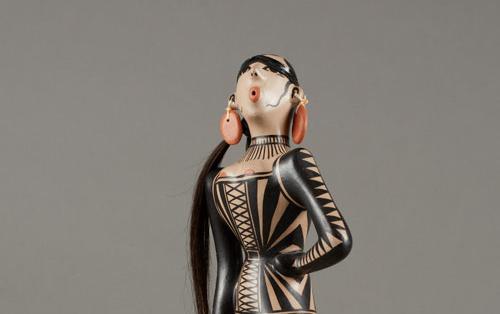
An interview with First Nations curators Kathleen Ash-Milby, Maia Nuku and Nigel Borell.

I am of the Tati Tati, Latji Latji, Wadi Wadi, Mutti Mutti, Yitha Yitha and Nari Nari peoples of the Murray River, Murrumbidgee River, Lachlan River, Edwards River and Wakool River Country in Australia.
I continue to practice and share my Ancestral peoples connection to Mother Earth through my art, songs, dance, language, cultural heritage, customs, beliefs, spirituality and knowledges. I care for Country and my people and I will remain on Country forever, just as my Ancestral people always have since creation.
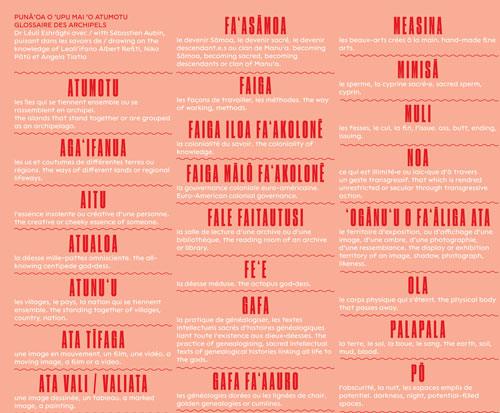
In 2019 I composed a poster form multilingual guide in Sāmoan, French and English called Punāʻoa o ʻupu mai ʻo atumotu/Glossaire des archipels to represent currents of thought and action in international Indigenous visual cultures. I worked with my friend, celebrated Nêhiyâw typographer and graphic designer Sébastien Aubin, to render my learnings from a constellation of mentors, knowledge keepers and sources during my doctoral research into international Indigenous curatorial practice into a poster form multilingual guide. The work draws on extensive discussions, residencies, exhibitions, gatherings throughout 2015–18 across the Great Ocean from north‑eastern North America to south‑eastern Australia.
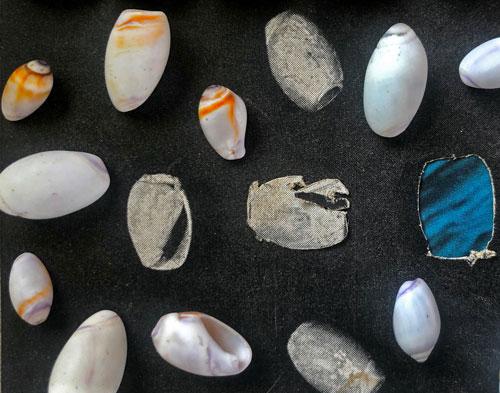
kʔimitʸɨ, we are far away.
tsʔiqɨʔ, the tides are low.
qšimuʔ, like many words in tɨnɨsmuʔ tiłhinktitʸu, explains a story rather than a fixed or singular vocabulary. Olivella biplicata has a gorgeous shell, with colours that smoothly transition from stark white to milky lavender to rich honey golds, in combination or alone, along a softly curving spire. A being reflecting spiritual wealth and a symbol of exchange from our homelands spanning mountain ranges east to nitspu nakota ktitʸu, south well beyond recently imagined lines of occupying nations, and along margins of the sea north to nitspu unangan ktitʸu, qšimuʔ grounds yak titʸu titʸu yak tiłhini in a vast network of relation. yakʔitɨnɨsmuʔ wa yakʔitotomol, which echo the cadence, vocabulary, and sewn-planks of many other nations, extend these connections well across łpasini, the one ocean.
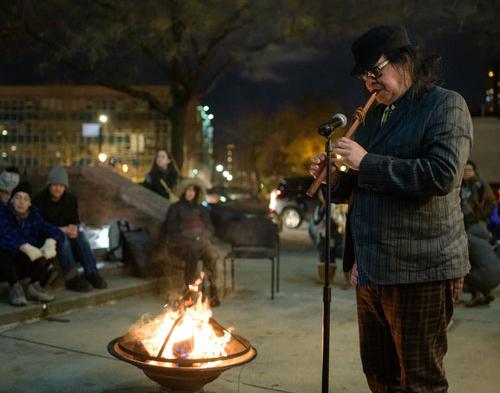
On a night in the woods north of Tallahassee at Pine Arbor Tribal Community, Mvskoke scholar, linguist and elder Sakim told me that in Muscogee (Creek) cosmology, what we know of as the Milky Way is the path of ancestors—and he said, “I think we all know, our bodies are stars.” And the belt of Orion? It isn’t a belt. And it isn’t Orion. It’s a butterfly. And the belt part is actually the juicy middle part of the butterfly. And the top wing is this world and the bottom wing is a reflection of this world. And then there’s that liminal, juicy line. So there’s always you, and there’s always the reflection of you, in play.

